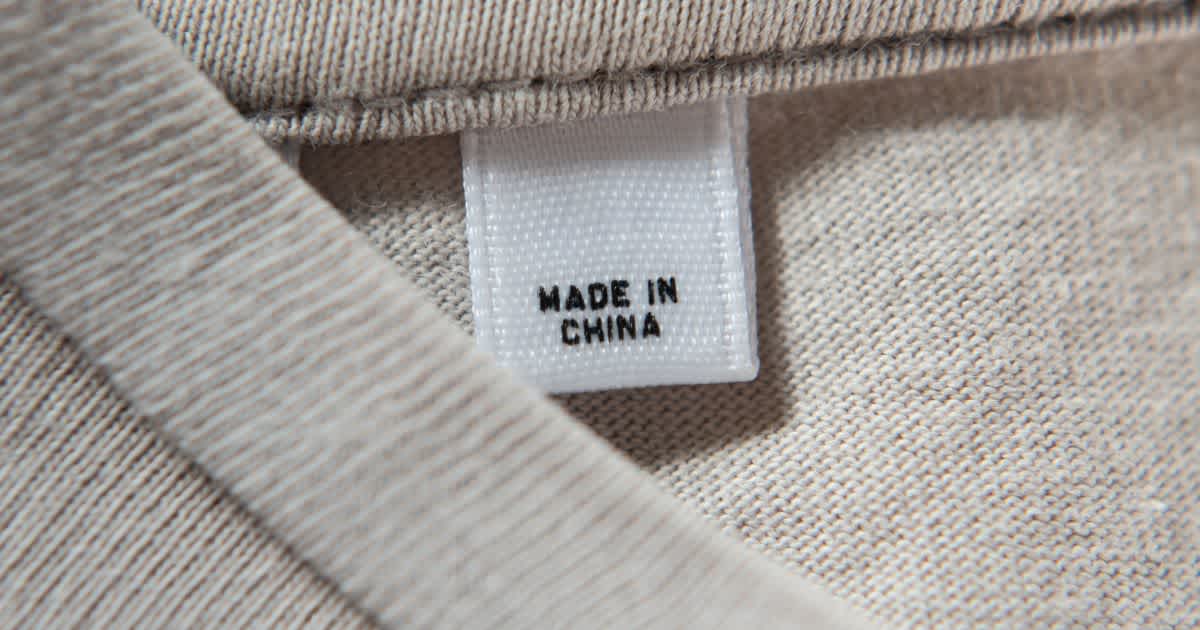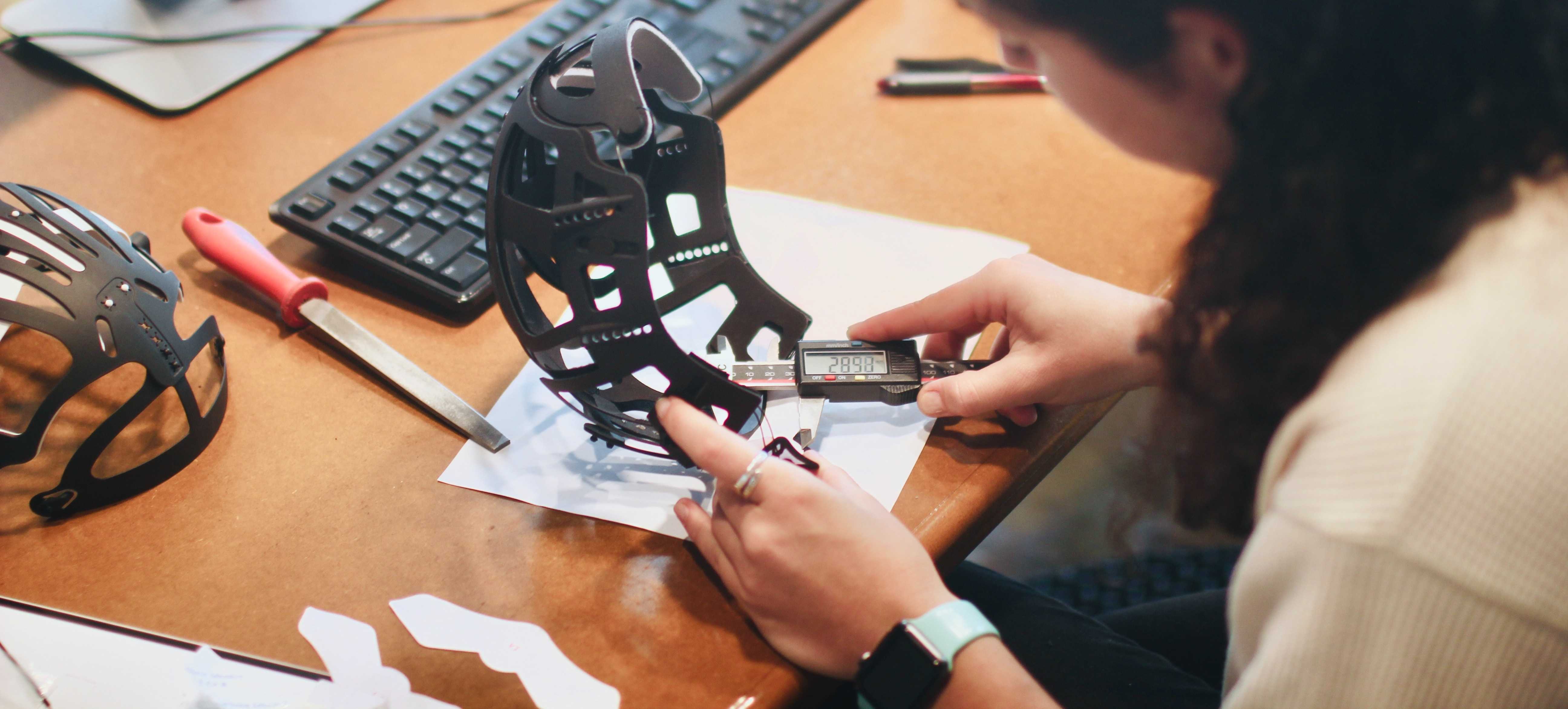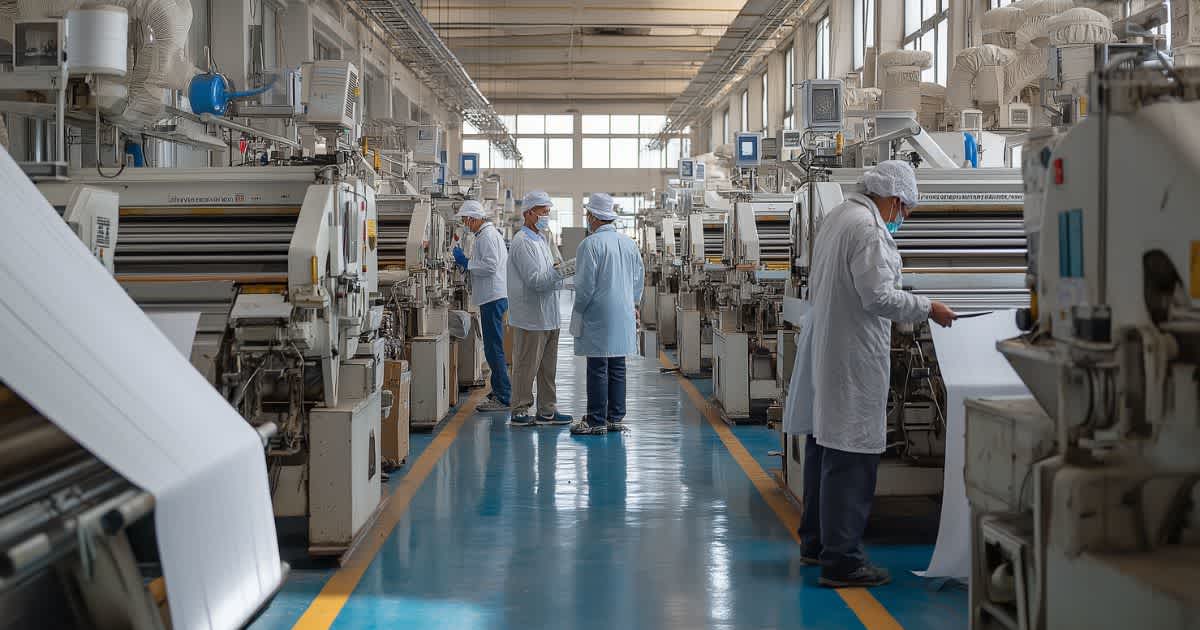Table of Contents
- Utilize procurement opportunities, ensure quality
- What is an AQL test?
- AQL table: 5 steps to quality assessment
- Quality control in China: AQL tests in practice
- 3 typical phases of AQL testing
- AQL tests as part of a professional procurement process
- 5 tips for reliable quality controls
- Establish reliable AQL tests
Made in China: Ensure quality with AQL tests
Reading Time: 6 min.

“Made in China” has not just stood for low-cost products for a long time now. Nevertheless, anyone who has products manufactured in the Far East should implement quality controls. A proven method is the AQL test, which makes quality reliably measurable.
Utilize procurement opportunities, ensure quality
China is still the world's workbench. With a sophisticated infrastructure, a high level of vertical integration and specialized industrial zones, the country offers ideal conditions for almost any type of production. Purchasing in the Far East is particularly worthwhile for medium-sized companies from Europe: unit costs remain low and the manufacturing options are diverse.
At the same time, quality does not happen by itself. The variety of suppliers, different quality requirements and the great geographical distance can lead to misunderstandings. Anyone procuring in China should therefore formulate clear expectations and introduce suitable control mechanisms. And one of the most effective tools is systematic quality control using the AQL test.
What is an AQL test?
The term AQL stands for “Acceptable Quality Level” - i.e. the maximum permissible number of defects within a sample. An AQL test is therefore a standardized procedure for sample testing in incoming goods and production control that provides an objective basis for decision-making: If a certain number of defects is exceeded, the batch is deemed unacceptable.
The procedure is based on international standards such as DIN ISO 2859 and is now used worldwide. The method has established itself as a reliable tool, particularly in cooperation with Asian production partners, with the following advantages:
Objective assessment of product quality
Reduces complaints and returns
Saves time through spot checks instead of full inspections
Flexibly adaptable to product and risk
Clear basis for approval or rejection
Strengthens supplier quality awareness
AQL table: 5 steps to quality assessment
The heart of every AQL test is the AQL table. Based on the batch size and the desired test level, it helps to determine the appropriate sample size and permissible number of defects. This allows tests to be carried out in a structured and traceable manner - regardless of whether electronic components, textiles or consumer goods are involved.
1. determine batch size
First, the total quantity of units to be tested is determined, e.g. 500 products. The batch size is decisive for the selection of the appropriate sample size.
2. select the inspection level
In the next step, the so-called “General Inspection Level” is selected. Level II is recommended for most standard inspections, as it offers a good balance between inspection effort and informative value. Level III can be useful for particularly critical products and Level I for less sensitive products.
3. read off the sample size
Based on the batch size and the selected inspection level, the corresponding sample size is now determined in the AQL table. With 500 units and level II, for example, this results in a sample of 80 units.
4. define AQL value
The AQL value is now used to define how many errors in the sample are still considered acceptable. A value of 2.5 is a common standard for general quality requirements across all industries. For higher requirements, a lower value such as 1.0 can also be selected.
5. check the error limit
In the final phase, the specific error limit is checked based on the sample size and the AQL value. For example, a sample of 80 pieces and an AQL value of 2.5 may contain a maximum of 5 defective products. From the sixth defect onwards, the entire batch is deemed unacceptable and should either be reworked or produced again.
Quality control in China: AQL tests in practice
Anyone purchasing products from China should establish AQL tests as an integral part of their quality control. On-site inspections directly at the manufacturer's premises are particularly effective - ideally before the goods leave the factory. This allows defects to be identified at an early stage and rectifications to be made in good time.
There are two ways to implement this: Either external inspection partners carry out the inspection independently and neutrally, or the inspection is carried out regularly by in-house quality managers or a commissioned partner company such as Line Up. In both cases, the closer the inspection takes place to the production source, the more reliable the result.
3 typical phases of AQL testing
An AQL test is only effective if it is carried out at the right time. In practice, three test phases have become established, which can be flexibly combined depending on the product type, order volume and risk assessment:
1. Pre-Production Inspection (PPI)
Raw materials, components and production plans are checked before the start of production. This ensures that all requirements for flawless production are met. Sources of error can be identified and corrected at an early stage, before they spread through the entire supply chain.
2. During Production Inspection (DUPRO)
This intermediate inspection takes place during ongoing production, which is ideal for large quantities or tight delivery deadlines. It allows production progress to be monitored and a targeted response to be made if quality deviations become apparent. In many cases, unnecessary rejects can be avoided in this way.
3. Final Random Inspection (FRI)
The final inspection takes place shortly before dispatch and is based on a random sample-based check of the finished goods. It provides a clear decision-making aid for release or reworking.
Line Up coordinates these AQL inspection phases closely with the production sites - especially in the Far East, where around 70% of the procurement service provider's supplier contacts are located. The advantage for you: by being involved in the inspection process at an early stage, defects can be identified quickly and measures initiated in good time. This not only reduces complaints, but also lowers the costs for reworking or returns.
AQL tests as part of a professional procurement process
AQL tests should not be viewed in isolation, but should be seen as an integral part of a professional procurement process. Integrating them into strategic purchasing creates clear structures, increases transparency and reduces the risk of production errors.
It is crucial that the quality requirements are defined in a binding manner before the contract is signed. This includes the definition of specific AQL values for each product type, the precise documentation of the test criteria and the contractual agreement of regular spot checks.
Especially when working with new suppliers, it is advisable to initially set a stricter testing standard. This makes it easier to control quality risks in the initial phase. If the collaboration develops positively and the requirements are reliably met, the inspection intervals or AQL limits can be adjusted accordingly. This creates a flexible but reliable quality assurance system that is both economical and sustainable.
5 tips for reliable quality controls
If you import products from China or want to expand your supply chain, the following tips will help you to ensure sustainable quality assurance.
1. use reliable test methods
The AQL test is an internationally recognized method for sample testing. It creates an objective basis for quality decisions regardless of product or industry.
2. understand the AQL values
A lower AQL value stands for higher quality requirements. So choose the right value depending on the product type, intended use and customer expectations.
3. choose the right inspection time
The final inspection is important, but many errors occur earlier. An inspection during ongoing production can detect deviations in good time and avoid expensive reworking.
4. use local expertise
An experienced local partner knows the linguistic, cultural and logistical particularities. Line Up can take over the coordination for you directly in the Far East.
5. remain consistent
A one-off AQL test is not enough. Quality assurance is a continuous process that requires regular testing and clear standards.
Establish reliable AQL tests
China remains an attractive production location with great potential, but also with clear requirements for quality assurance. If you want to achieve consistently reliable results, you should rely on structured test procedures. The AQL test offers a proven basis for this: it makes quality requirements measurable, reduces risks and increases planning reliability in your supply chain.
Would you like to improve your quality control in China? Line Up supports you in the implementation of AQL tests directly on site - with experienced partners, clear processes and a large network in the Far East. Simply make an appointment here.
Newsletter Registration
Sign up now for our free Line Up newsletter and stay up to date.





